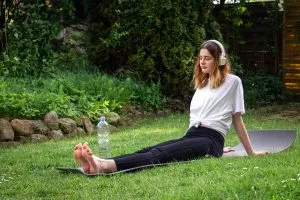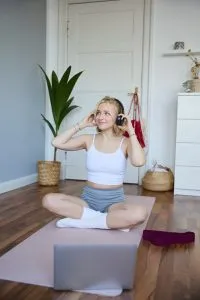Choosing the perfect yoga mat can feel as overwhelming as nailing your first crow pose.
With so many options and unique requirements depending on your environment, it’s no wonder yogis often ask, “Which mat works best for me?”
If you’re like me—a yoga enthusiast who’s practiced everywhere from humid tropical beaches to chilly mountain retreats—you’ve learned that the right mat makes all the difference.
Let’s explore the best yoga mats for practicing in different climates, covering everything from hot, sweaty conditions to icy cold sessions.
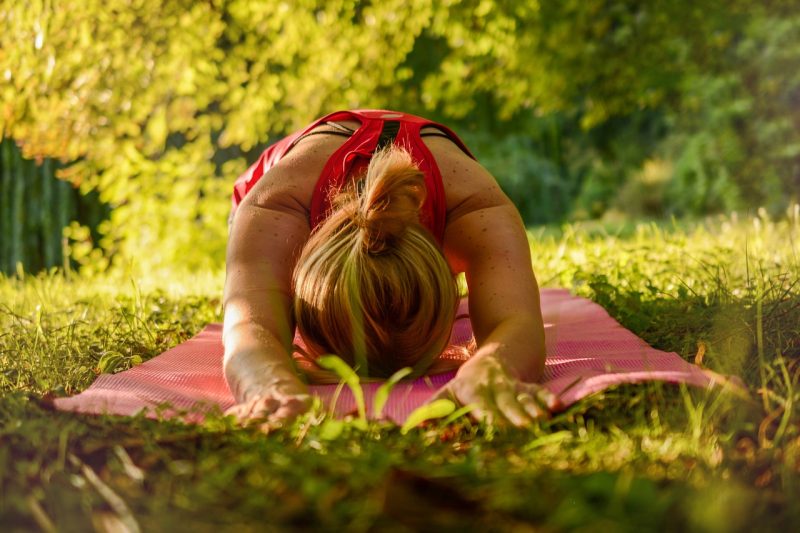
Yoga Mats for Humid Conditions
Ah, humidity. It’s like Mother Nature’s version of hot yoga, but less predictable.
Practicing in humid climates requires moisture-wicking yoga mats that don’t transform into slip-and-slide arenas.
I’ve found that mats with open-cell technology are a lifesaver in these settings.
Open-cell yoga mats, like the Manduka GRP or Liforme mats, absorb moisture effectively.
During a retreat in Bali, my Liforme mat didn’t just keep me grounded; it also dried quickly after each session.
Trust me, that’s a blessing when you’re dripping with sweat in a 90% humidity environment.
Personal Tip:
If you’re worried about bacteria (hello, tropical climates!), opt for mats infused with antimicrobial properties.
And don’t forget a natural yoga mat cleaner!
A spritz of eucalyptus and tea tree oil post-practice keeps everything fresh.
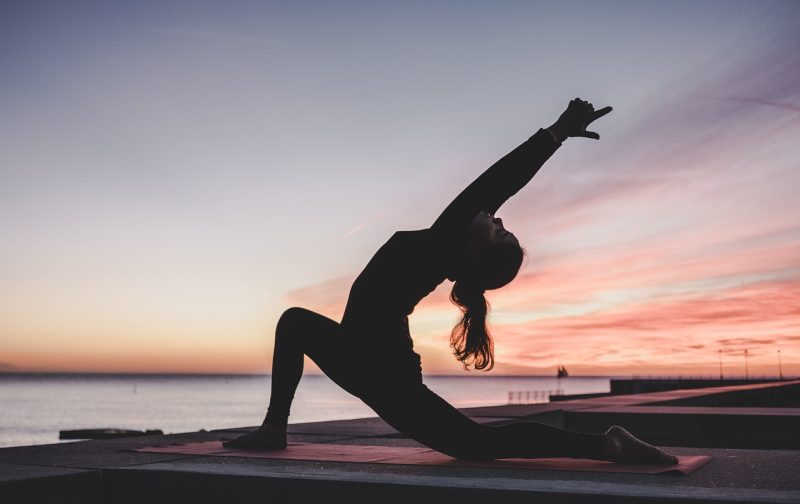
Yoga Mats for Hot and Sweaty Practice
Hot yoga lovers, rejoice! The market for yoga mats for hot and sweaty practice has grown as much as our love for savasana.
Whether it’s Bikram in a heated studio or power yoga on a sunny patio, non-slip mats are your BFFs.
I swear by rubber-based mats like the Jade Harmony Professional.
Why? They grip like a gecko on glass.
During a scorching session in a packed hot yoga studio, my Jade mat held up, even when my hands were as slippery as a soap bar.
For added comfort, consider dual-layer mats that combine a rubber base with a microfiber top layer.
These offer a soft, towel-like surface perfect for absorbing sweat.
Yoga Mats for Cold Climates
Practicing yoga in chilly weather has its charm—think cozy leggings and frosty breaths in mountain air.
However, it also demands a mat with insulation and grip.
Insulated yoga mats for cold weather, like the Yeti Mat, are a game changer.
These mats incorporate a thermal layer to keep your feet warm, preventing that unpleasant “ice-on-skin” sensation.
I remember practicing yoga in a cabin in the Rockies, and my Yeti Mat turned a frosty floor into a warm oasis.
Additionally, mats with closed-cell surfaces are easier to clean, especially if you’re layering them over carpets or wood floors.
They resist moisture and grime, perfect for staying fresh during winter months.

Yoga Mats for Summer and Winter
Versatility is key when your yoga practice spans seasons.
Climate-specific yoga mats, such as the Manduka PRO series, adapt well to temperature shifts.
These mats boast durability and consistent performance regardless of weather conditions.
In summer, the mat’s dense surface resists overheating, while in winter, its thickness offers cushioning against cold, hard floors.
As someone who’s used this mat for both outdoor beach sessions and indoor cozy practices, I can vouch for its year-round reliability.
The Best Yoga Mats for Outdoor Practice
Nature-inspired yoga sessions demand mats that can withstand the elements. Think durability, grip, and portability.
Durable yoga mats for outdoor use, like the YOGO Ultralight Travel Mat, fold up compactly and resist wear and tear.
They’re perfect for hikes or park yoga sessions.
I once carried mine up a hill for a sunrise practice, and its lightweight design made the trek a breeze.
Another outdoor-friendly option is the weather-resistant yoga mat.
These mats repel dirt, water, and UV damage, ensuring longevity even in rugged terrains.
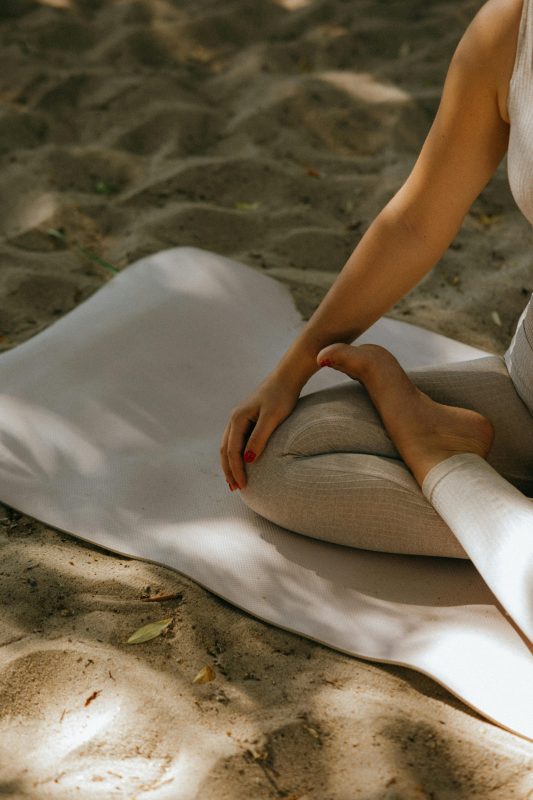
Fun Anecdote:
During a lakeside yoga session, a friend’s mat started peeling under the sun.
My YOGO mat? Not even a scratch. It’s moments like these that remind you: invest in quality.
Eco-Friendly Yoga Mats for Varying Weather
For environmentally conscious yogis, eco-friendly yoga mats combine performance with sustainability.
Mats made from natural rubber, cork, or jute not only align with green living but also handle diverse climates with grace.
Cork mats, for example, thrive in humid conditions.
Their surface becomes grippier as you sweat, which is why I often use mine for summer outdoor classes.
On the other hand, jute mats excel in dry or moderate climates, offering a firm, non-slip surface.
Non-Slip Yoga Mats for Different Climates
A non-slip yoga mat is essential, no matter the weather.
The last thing you want is to slip out of a warrior pose mid-practice.
Mats like the Alo Warrior or Liforme feature innovative grip technologies that adapt to your environment, ensuring stability even in extreme conditions.
When I practiced yoga in a windy desert climate, the Liforme mat stayed securely planted, allowing me to focus on my flow instead of chasing my mat.
Its laser-etched alignment markers were a bonus, helping me maintain proper posture amidst shifting sands.
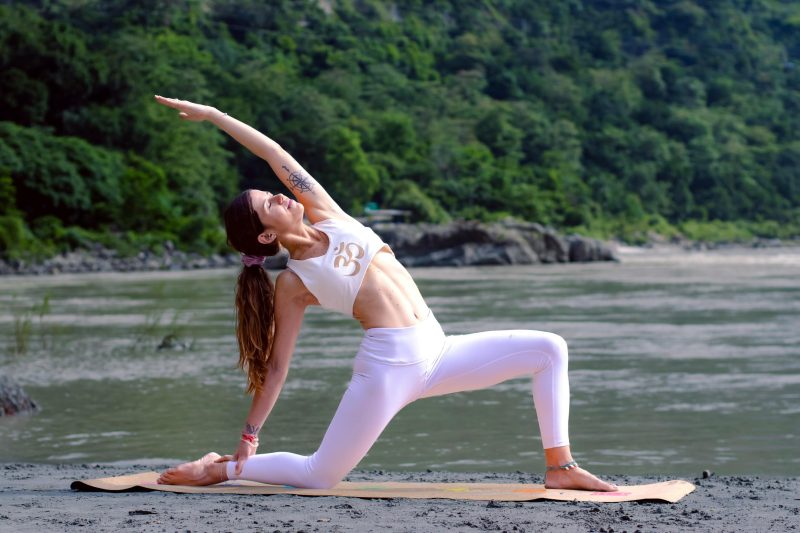
Breathable Yoga Mats
When practicing in sweaty or stuffy environments, breathable yoga mats come to the rescue.
These mats incorporate materials that allow airflow, reducing the chances of bacterial buildup and odor.
One of my favorites is the Gaiam Performance Dry-Grip Mat.
Its top layer wicks moisture while maintaining excellent grip.
After an intense session, it dries quickly, leaving no unpleasant smells—a godsend for urban studio classes where mats are packed tightly.
Weather-Resistant Yoga Mats
For those who practice under unpredictable skies, weather-resistant yoga mats are a smart investment.
These mats resist moisture, UV rays, and even minor abrasions.
The prAna E.C.O. mat is a standout here. It’s made from closed-cell foam, which doesn’t absorb water, making it ideal for rainy or dewy mornings.
I once braved a light drizzle during an outdoor yoga class, and my prAna mat stayed perfectly functional.
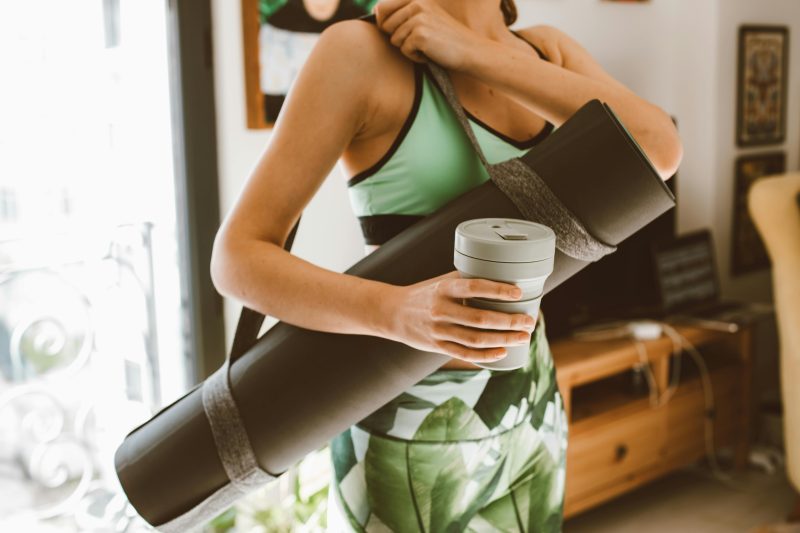
My Personal Yoga Mat Rituals
Choosing the best yoga mat is only half the journey. Maintaining it is equally crucial. Here’s my go-to ritual:
- Daily Wipe-Down: I clean my mat with a homemade natural cleaner—equal parts water and white vinegar with a few drops of tea tree oil. It’s eco-friendly and leaves my mat smelling fresh.
- Sun-Drying: Whenever possible, I let my mat air out in the sun. This not only disinfects it but also feels oddly meditative.
- Storage Smarts: For outdoor mats, I roll them loosely and store them in a breathable bag to prevent mildew.
Conclusion: Finding Your Perfect Mat
Yoga is deeply personal, and so is your choice of mat.
The best yoga mat for you depends on where and how you practice.
Whether it’s a durable yoga mat for outdoor use, a moisture-wicking mat for hot yoga, or an insulated yoga mat for cold climates, there’s a perfect match waiting for you.
Remember, your mat is more than just a tool—it’s a space where you connect with yourself, rain or shine, summer or winter.
So, take your time, explore your options, and let your yoga mat be a reflection of your practice.


